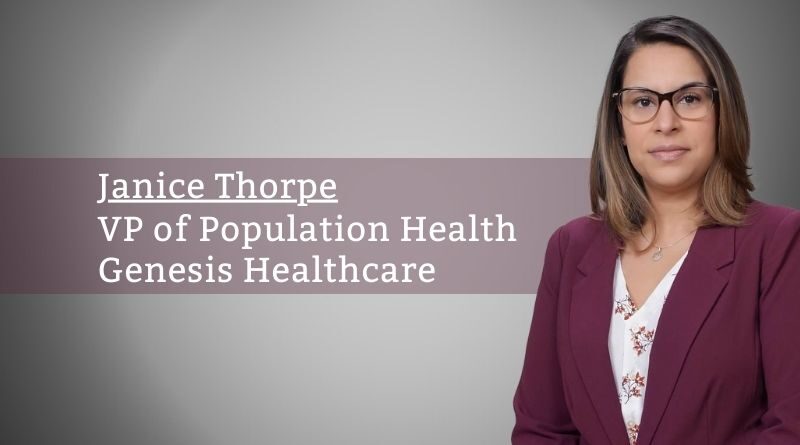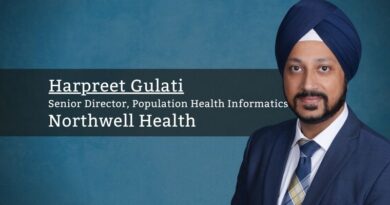Leveraging Population Health in Post-Acute Care
By Janice Thorpe, VP of Population Health and Erin Woodford, VP of Population Health, Genesis Healthcare
The post-acute sector, specifically in the skilled nursing arena, continues to quickly evolve and change, as the landscape of payment shifts from a fee-for-service model to that of a value incentivized model, becoming prominent across all care settings. Population health, historically seen in the acute care and managed care industries, is now making an appearance in the skilled nursing facility (SNF) industry setting to strategically balance stakeholder needs, prioritize the emphasis on positive outcomes and right-size care.
Population health began as a concept in the early 2000s and since then, has become a specialized division of health care that focuses on the Triple Aim approach to healthcare delivery. Triple Aim refers to an approach developed by the Institute for Healthcare Improvement that focuses on enhancing the patient experience, improving the health of populations and reducing healthcare costs.

Moving forward with this approach in the SNF sector is even more essential as they face substantial decreases in medicare payments. This strategic shift, however, does not happen overnight and takes the expertise of guided coaching by outstanding execution-driven population health experts, with a long history of performance success with processes and outcomes. The adoption of population health in the SNF care world requires integration of technologically advanced data management software that compiles outcome reports which inform the strategic interventions to be applied to the population in question. One such progressive system, providing the most current data analytical systems is CORE Analytics developed by Zimmet Healthcare Services Group, LLC. CORE Analytics is a claims-based software application that leverages current claims for post-acute care performance measurement. Population health provides a proactive, comprehensive approach to patient care; and interpretation of outcomes, disease state and social determinants of health (SDOH) data. Investing in software programs, such as CORE Analytics, enables real-time outcome reporting and ease of trending multiple data points that will increase the ability to effectively mobilize population health. However, outcome reporting and advanced software applications are only one part of the equation. To fully capitalize on what population health principles provide to an SNF organization, the utilization of software programs exclusively is not enough. Therefore, it is paramount that population health specialists interpret and translate data to our upstream and downstream partners to develop clinical programming with a solid information technology team, who have a strong commitment to population health priorities. These strategic interventions focus on programming within a subset of patients that are supported by evidence-based care protocols. Clinical programming that aligns with the specific needs of the unique population is an important part of the model.
With the industry emerging from the pandemic where it faced unrelentless scrutiny, and in the midst of funding and reimbursement cutbacks, implementing population health principles can provide the platform to shift the public narrative and strengthen fiscal performance.
In addition to robust data analytic software, a complete transition to an electronic health record (EHR) platform and health information exchange (HIE) will provide the transparency needed. Integration of clinical decision support (CDS) systems and software will also help decrease overall healthcare costs and improve quality. These tools should be enhanced from what already exists in the facility. Organizations should look to health information technology and nursing informatics experts to guide the curation of new support tools as well as the enhancement of tools already in place. Enhancing the ability of the clinician to make sound decisions supported by evidence and protocols will help achieve overall success for the organization, facility, patient and health care team members.
With the industry emerging from the pandemic where it faced unrelentless scrutiny, and in the midst of funding and reimbursement cutbacks, implementing population health principles can provide the platform to shift the public narrative and strengthen fiscal performance.
Population health in skilled nursing will facilitate producing a valuable product where patients come first. Through this delivery of high-quality, low-cost care, the SNF industry can begin to re-establish itself in a new light. In doing so, this can ultimately attract more career interest and workers to the field and help alleviate the unprecedented staffing shortages that are being experienced related to the SARS COV-2 pandemic.
The analytical, strategic approach to population health management by leaders in post-acute care, help clinicians close gaps in care, uncover opportunities around financial vulnerabilities, align with stakeholders and above all, increase the quality of care provided to the patients.



